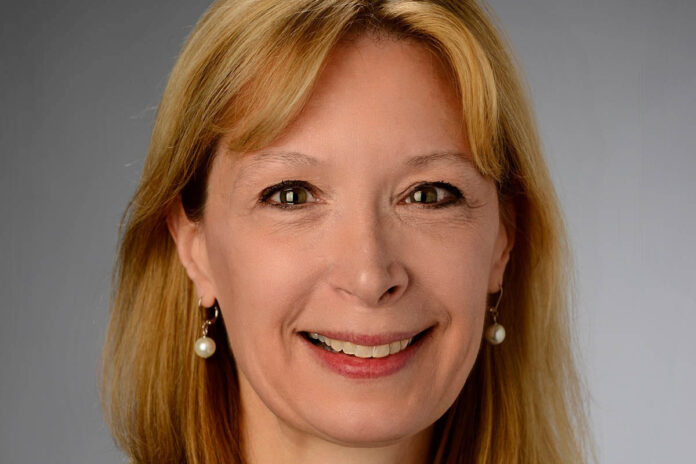„The December nonfarm payroll report showing that wage growth increased by 0.6% on a MoM basis and 4.7% from the previous year—both higher than the median projection—likely captured the attention of Fed officials, even though nominal wages are still accelerating at a rate just shy of inflation.
Although the labor market’s current tightness is often described as a supply issue, the strength of aggregate demand—propelled by extraordinary policy stimulus—is the real anomaly of this cycle.
Indeed, job openings have far exceeded pre-pandemic levels even as the labor force has mostly recovered. This potentially adds to the Fed’s inflation concerns as evident in the latest FOMC minutes, which foreshadowed a quicker policy tightening with a March liftoff now almost fully baked in. Focus has also turned to a reduction of its behemoth balance sheet with quantitative tightening (QT) firmly in play for this year.
Therefore, we now forecast three Fed rate hikes in 2022 with two-sided risks. Our base case is for U.S. growth to cool to around 3.6% in 2022 from 5+% in 2021. Looking ahead, demand should come off the boil — both naturally and due to reduced stimulus — while additional supply should come online, potentially reducing the strength of companies’ pricing power (i.e., inflation) as the year progresses.
As for the prospect of QT, Fed officials may adopt a faster and more aggressive reduction of the balance sheet as soon as the fourth quarter. The balance sheet has expanded far more than the previous cycle, providing sufficient room for officials to shrink it. On the liability side, we estimate the Fed can bring reserves down by $1.5 to $2T, from the current $4T level, before making a noticeable effect on short-term funding conditions. The standing repo facility, implemented in response to the over-tightening of the balance sheet in 2019, may also alleviate funding conditions should reserves become too scarce and liquidity conditions unexpectedly deteriorate.
Fueled by the Fed minutes and the jobs report, a consensus has seemingly emerged that the Fed is behind the curve in its inflation fight, given the almost 30 bp increase in the 10-year yield in 2022 and an even bigger increase in real yield. At the front end, the market has priced in more than a 90% chance of a March hike, a significant increase over the past month. Our base case is for the 10-year yield to top out at around 1.75%, producing “twin peaks” with the March 2021 selloff that also topped out at a similar level.
Of the four hikes that are currently priced in for this year, it’s intriguing that all are penciled in at the end of each quarter, a timeline that looks like a vestige of the past when press conferences were not held at every meeting. The current premia priced into those quarter-end months may present some trading opportunities. In addition, the recent bout of repricing in policy-sensitive rates has been limited to 2022, and the market still expect the fed funds rate to be around 1.6% by end-2023, not materially different from a few months ago. The next stage of market repricing may focus on 2023 if hawkish expectations continue to mount.“
Picture Ellen Gaske Source PGIM Fixed Income
More Information you will find here
Source: TE Communications GmbH

